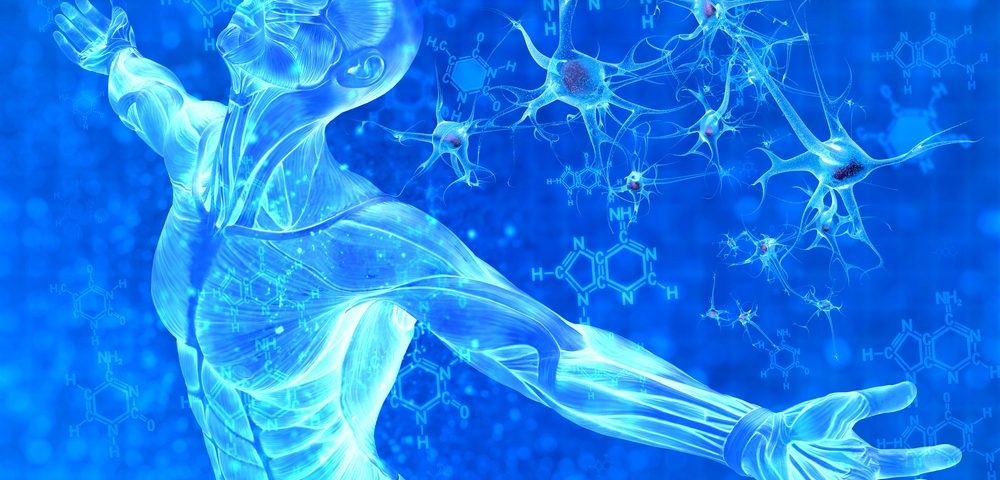Aggressive Stem Cell Transplant Approach Halts MS for Years, But Risks are High

IN NEWS.
Autologous haematopoietic stem cell transplantation (aHSCT) has been used to stop autoimmune processes in multiple sclerosis (MS), although the treatment is not effective for every person. Now, an improved version of the technique is showing astonishingly good results, with patients free of both the need for treatment and the risk of relapses for years on end — but the risk associated with the procedure is substantial.
The study, “Immunoablation and autologous haemopoietic stem-cell transplantation for aggressive multiple sclerosis: a multicentre single-group phase 2 trial,” was published in the journal The Lancet.
For MS patients, the current stem cell transplantation process involves stem cellsbeing collected from the patients’ own bone marrow before the patients are exposed to chemotherapy. This treatment suppresses the immune system, so that when the stem cells are injected back into a person, the immune system is reset to no longer attack the body.
Dr. Harold L. Atkins and his colleague Dr. Mark S. Freedman, both from the Ottawa Hospital and the University of Ottawa in Canada, figured that immune suppression might not be enough to reset the system. They designed a Phase 2 clinical trial (NCT01099930) exploring whether completely wiping out the immune system might improve the odds of success.
The study enrolled 24 patients who had failed previous immunosuppressive therapy and had a disability level of 3–6 assessed by the Expanded Disability Status Scale (EDSS), indicating moderate impairment.
After having their stem cells isolated, the patients were exposed to a potent chemotherapy regimen composed of a mix of drugs. “The chemotherapy we use is very effective at crossing the blood-brain barrier, and this could help eliminate the damaging immune cells from the central nervous system,” Dr. Atkins said in a press release.
The study’s main outcome — survival at three years without any signs of disease activity in the form of MS relapses, new brain lesions, and EDSS progression — was reached in 69.6% of the patients.
One patient, amounting to 4% of the group, died as a consequence of the harsh chemotherapy, having acquired liver damage and a blood infection. The remaining 23 patients fared better, despite also experiencing side effects. In up to 13 years following the procedure, data showed that not one had another relapse. This was a stark contrast to the average of 1.2 annual relapses the group reported before the treatment.
Disease activity, in the form of brain lesions detected by magnetic resonance imaging (MRI), also showed an impressive decline, with only one new lesion among 327 brain scans. Among the nine patients who were followed for the longest period, the brain deterioration typical of MS slowed to levels seen in control individuals.
Eight patients continued to show improvement in EDSS scores 7.5 years after the treatment and at the initial outcome measure of three years, and 37% of the patients had stopped receiving disability insurance and returned to their occupations.
While only one patient died, 33% experienced moderate toxicity and another 58% experienced mildly toxic side effects of the treatment. The researchers, therefore, underscored that the findings need to be viewed with caution.
“The sample size of 24 patients is very small, and no control group was used for comparison with the treatment group. Larger clinical trials will be important to confirm these results,” Dr. Freedman said. “Since this is an aggressive treatment, the potential benefits should be weighed against the risks of serious complications associated with aHSCT, and this treatment should only be offered in specialist centres experienced both in multiple sclerosis treatment and stem cell therapy, or as part of a clinical trial. Future research will be directed at reducing the risks of this treatment as well as understanding which patients would best benefit from the treatment.”
In a commentary on the study, Dr. Jan Dörr, from the NeuroCure Clinical Research Center, Charité- Universitätsmedizin in Germany, expanded on the fragile balance between the procedure’s outstanding results and its poor safety profile. “These results are impressive and seem to outbalance any other available treatment for multiple sclerosis. This trial is the first to show complete suppression of any inflammatory disease activity in every patient for a long period … However, aHSCT has a poor safety profile, especially with regards to treatment-related mortality.”
Dr. Dörr also expects that the procedure is not likely to change the way MS treatment is approached anytime soon, since the risk of treatment-associated death is high. Over time, however, he suggested that aHSCT might become a standard therapy, particularly if its safety and tolerability can be improved and methods to identify patients at risk for toxicity are developed.


